Kawhia Road / Te Kuiti
Weiranga / Bridal Veil Falls
- A little over 2.5 Mill years ago a small volcano erupted not far from here and the lava flow along a river course
- Then the water cut a shallow path in the hard basalt rock until it reached the edge of the flow and hit the soft sandstone: the water dug deep into the sandstone creating a pool: today we have a waterfall
- Wairanga means leaping waters, referring to wairua (spirits) leaping the great height of this falls
Before heading out we fill up gas, as we are driving a
remote area. And then our first stop were those famous waterfalls. When you
drive through those green rolling hills the last thing you expect is a
waterfall. After stopping a leisure 10 Min walk and we are literally at the top
of the fall, right where they drop off, then a view from the side and now we
head down to the bottom: the falls are 50m talls – that means we go that much
down and that are 261 stairs. What is super halfway down after 130 steps is a
middle of the fall viewing platform – super pretty. No we didn’t count the
stairs – there are signs like “135 steps to middle view point and 261 steps to
the bottom” or the encouraging sign “you are half way up – or halfway down”.
Once at the bottom we nearly can’t see the fall as it is so early in the
morning and the sun is right above the falls – that means we literally look
into the sun. After going all the way up (the 261 steps) – by the way it is
nice to have the halfway viewpoint, that is a good excuse for a break - we are
ready for some driving.
Along Kawhia Road
Ok Google didn’t tell us, but we are not only driving a very
windy road and it goes up and down and up and down around more curves – but
also this section has 25 km of gravel road!!! And then sometimes what I thought
was super weird there is a super short – I mean less than a 1 km stretch of paved road???? And we have no clue
way.
The views are amazing, we come through sheep country, we saw
amazing green hills with super weird little rocks on top like someone put it
there, we came along the Kawhia Inlet and saw that brown-greenish ocean.
It was a long but super scenic drive. We for sure saw an
area not a lot of tourists go to and there were a few times we wondered if we
are on the right road
Marokopa Falls
Next walk- this one is short and at the end is a gate to
protect the area because you shouldn’t go down to the river. But the tiered
waterfall is amazing: it drops for 30 m. As per internet they say it is one of
the most beautiful falls in NZ. And we totally agree – this one is so super
amazing, we are so glad we came here!!! Good thing we stopped.
Mangapohue Natural Bridge
- The steep walls of this gorge were probably once the sides of a large cave, as the cave grew the roof got unstable and eventually collapsed – the arch or natural bridge is the only section remaining intact
- Here are some stalactites-like structures they are bio-karsts: when rain water drops through the limestone roof of the bridge, they dissolve the limestone: mosses and algae growing on the bridge’s ceiling absorb the water as it appears, and as the plants grow towards the light the dissolved limestone (calcium carbonate) is left behind and grows in strangely formed stacks.
Another stop and another short walk: this time we walk along
a rocky wall and a little stream which we cross over a hanging bridge and then
on a boardwalk made into the rock – it already looks so super cool. But once we
arrive at the Natural Bridge we are blown away – this is one huge gigantic arch
– it is like walking up into a huge arch – it is gigantic!!! It was not what we
expected – it was so much better!!!
Here we met a couple from Germany, they visited earlier the
Waitomo Glow worm cave and told us that it is 110 NZD and that it is super busy
with groups of 20-30 people and sometimes you have to wait because of the group
before you, and that the cave itself is nice but you only see once glow worms
when you are on the boat and that there are a lot of buses – we decided to skip
it. Even it is funny as we booked our Airbnb here, because we want to visit the
caves. I think with this natural bridge we saw something way more unique!!!
- By the way Waitomo means wai = water and tomot = hole or shaft, as around here are many shafts dropping into an underground cave system with over 300 mapped caves in the area. The Caves are part of an ancient seabed that was lifted and then spectacularly eroded into a surreal subterranean landscape of limestone formations with rivers and caverns. Many of the underground passages are still unexplored – currently 45 km of underground networks are explored.
Te Anga Boots Fence
- It started with a few pair of work boots hung on a fence by a woman named Irene. She grew up around here and her family farmed cattle and sheep. When she grew up there were only tracks going to the farm and only when it is was dry in summer you could come with a car
- When the farm got sold, Irene wanted to pay tribute to her parents for all the hard work they put into the farm before they sold it: she began one day with a special ceremony of “hanging up their boots” after they both passed, as well as some boots from forestry workers
- Inspired by the sight locals and tourists pulled over and added their pair of boots – when then some people came to take some “free still good-looking boots” Irene started to nail the boots to the fence
- Today it is a tribute to trampers, hikers, trekkers, walkers, adventurers and explorers
Our next stop was along the road near this fence – it is
funky as there are a lot of “mossy” boots along the fence which look super nice
with the nice flowers and also with all the sheep.
Mel’s Retreat
Only a bit later and we are at our Airbnb – this is such a
unique and special place. You turn in a rest area and from there goes a steep
gravel road up the hill (you hope no-ones comes down). From the top you have an
amazing view over the little town of Te Kuiti and the valley – truly amazing.
We have our little room in the back right near the sheep and horses with so
many little details like breakfast and cereal, cookies and chocolate, fresh
milk in a glass bottle… It is super cute.
We enjoy some nice time in the loungers overlooking the
valley – and best of all they have an old 1956 Daimler car and even better the
owner came then back with his TransAm – no that made Paul happy.
Pizza in Te Kuiti
We decided to head to town for Pizza – and as we drive
through the main street downtown there is nearly nothing going on, but a lot of
take-out places. We stop and then start looking the first is a chicken and
chips place, but when you go in its Indian take out and settle for Pizza.
Across from it is a little park with picnic table – perfect. And this is the Te
Kuiti Legends Gallery – so who is so famous from this little town:
- A prime minister, a Maori woman who did a lot for Maori women, a super famous rugby player (since we are not so into it, we don’t know the name), a WWII RAF pilot
- Sir David Alexander Fagan: he is famous because he is the worlds most known shearer. Over 40 years he competed in sheep shearing in NZ and world wide. This is a very physical demanding sport and he won 642 times in 11 countries, had 17 NZ Shearing titles and broke 5 world records because he was so fast. He was born in 1961 in Te Kuiti. His brother also competed and with him they started Te Kuitis biggest yearly event with shearing and it made Te Kuiti the Shearing Capital of the world. One of his world records is to shear 810 lambs in 9 hours in 1992 and 702 ewes in 9 hours in 1994: that means he was shearing one lamb in 40 sec!!! and that for solid 9 hours (that is called a workout) (I was checking it out and a professional shearer can normally do a sheep in 2-3 minutes – if they do it is less than 2 minutes they are in elite-competitive shearing)
In midst of this famous people, we had pizza and Paul was
feeding the birds. What a cool Place!!
The Sheep Shearing Capital of the World: Te Kuiti
- Here is NZ’s National Shearing Competition – yes it is all about the sheep here
- NZ has 25.3 Mill sheep, with the pop now of 5.15 Mill people, it is the first time that the humans had fallen below the 5 to 1 since they started to keep record in 1860 (as we drove along, we saw more cows but NZ only has 4 Mill of them). By the way the highest number of sheep was in 1982: 70 Mill
- Sheep were introduced to NZ in 1773 with Captain Cook and in 1777 with the missionary Samuel Marsden: the purpose was to feed the whalers
- NZ has the highest density of sheep and for 130 years sheep farming was the most important agriculture in NZ
- NZ is also the world’s largest producer of strong wool
- Te Kuiti is a Maori name and means “the valley” or “the narrowing”
- The town itself started out as a railway camp when they prepared to built the ironwork for the viaduct
The Sheep Shearer Statue
Today we went first to town to check out the Sheep Shearer
Statue – as this one is huge - I mean we are in the Sheap Shearer capital. Here
we learned a bit more about Sheep shearing and I have to say we are amazed on
that hard work this is.
The Tatsuno Japanese Garden
Now we went across to check out this cute little Japanese
garden is not very big, but it is very cute (they have a sister city in Japan)
and it has a little Pagoda and a gate-stone lantern – now we get inspired to
visit Japan.
The Marae
- A Wharenui is a meeting house for the Maori, here is the Te Tokanganui a Noho wharenui, built in 1873
- So, what is the difference to a Marae? A marae relates to the entire complex and the Wharenui or Whare Tipuna is an ancestral house or communal house/Meeting house (often people talk about the Marae and mean the Meeting house)
- A Wharenui resembles the human body and usually represents a particular ancestor of a tribe: the carved figure on the roof top in the front is the head, the front barge boards represent the arms held out in welcome to the visitors, the shortboards at the front represent the legs, while the ridge pole a large beam running down the length of the roof represent the spine, the rafters are the rips
- Many wharenui have lots of carvings and panels that refer to their genealogy of the tribe and to Maori legends
- If you can step inside: remove your shoes, don’t eat or drink – and don’t take photos
- Why do so many Maori carvings have the tongue stick out? It is to show strength, courage and fierceness – as well it represents story telling, communication and the sharing of knowledge
- Visitors are only allowed inside after a formal welcome ceremony to remove any tapu
As we started to drive out of town, we saw this Marae and as
we so far haven’t seen one close up, we stopped to check it out, we couldn’t go
inside the compound, but had a wonderful view of this amazing meeting house –
with some amazing carvings on it.
Mangaokewa Reserve & Train Viaduct
- We read that many birds who lived here once are extinct, like the Moa or huia, as well a lot of foreign plants were introduced to NZ. Since 1996 they planted more native plants and brought native birds back and today they have a fighting chance
- It means “the stones of Kewa”
we read about the viaduct and decided to stop there and
check it out, as we drove underneath, we decided to continue on to turn around
the car and had a quick stop at the Mangaokewa reserve, which has a campground
along a river – very cute and we did see a black and white bird: the Australian
Magpie. We did stop at the viaduct and were amazed on how huge it actually is –
the pillars are bigger when you stand inside them.

 Te Kuiti, Waikato, New Zealand
Te Kuiti, Waikato, New Zealand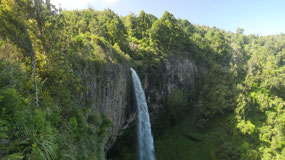
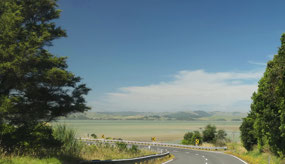
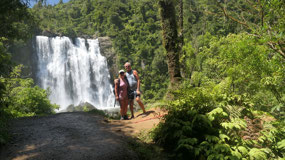

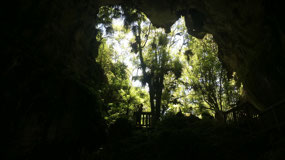
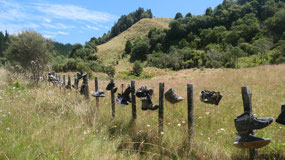
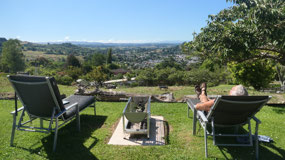
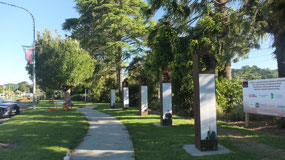
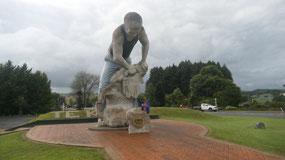
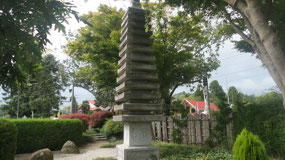
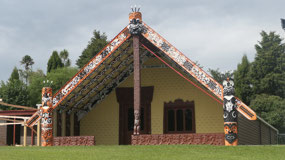
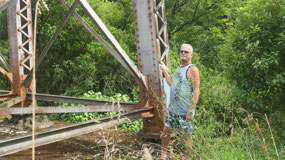



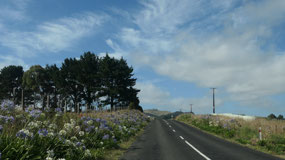
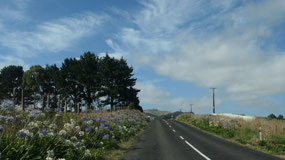
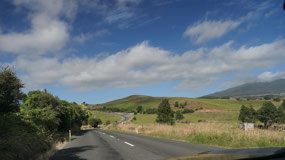
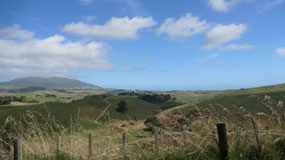
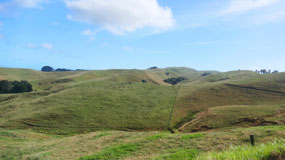
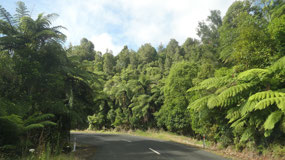
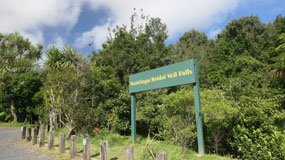
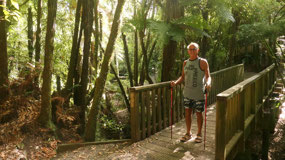
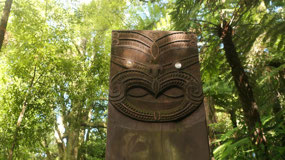
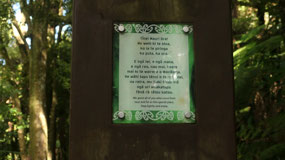
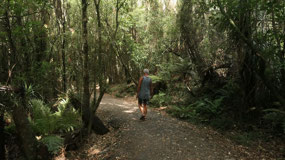
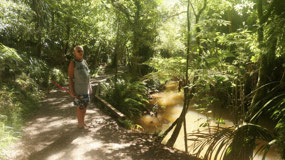
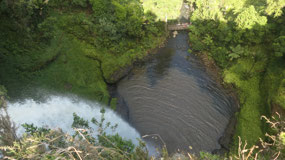
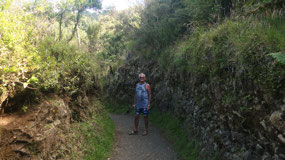
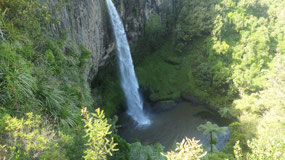
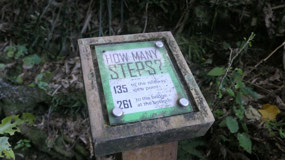
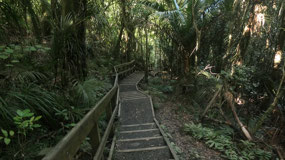
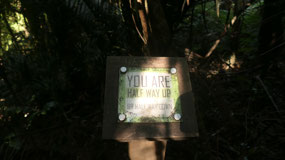
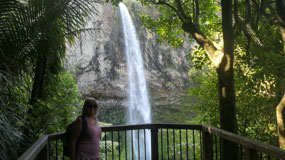
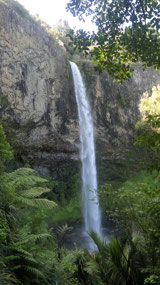


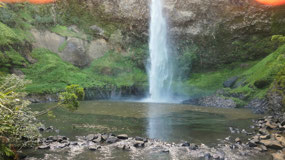
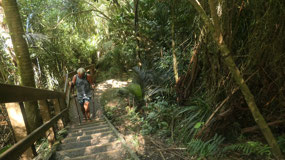
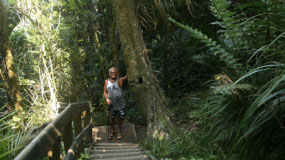
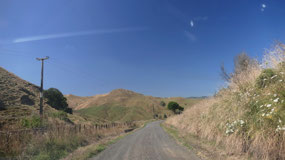
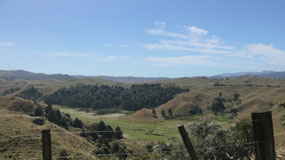
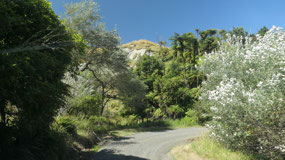

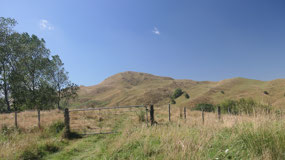
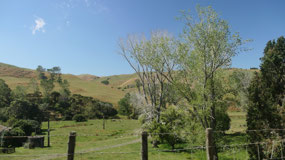
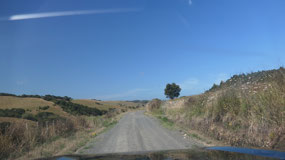
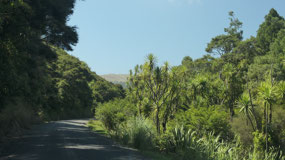
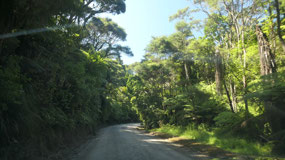
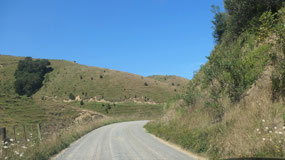
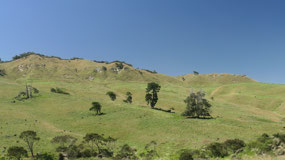

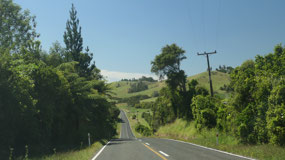
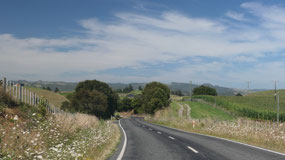
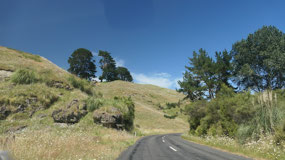
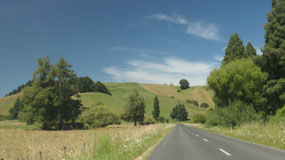
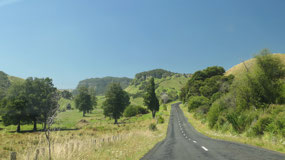

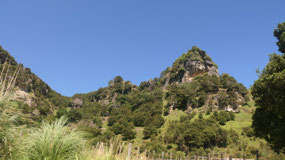

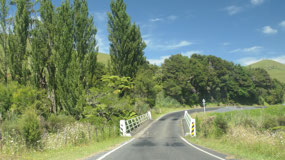
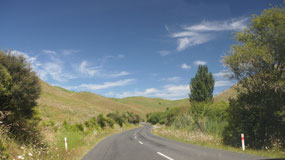
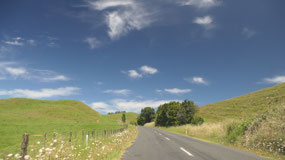
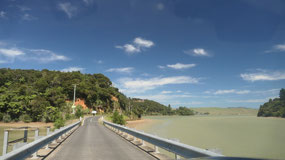
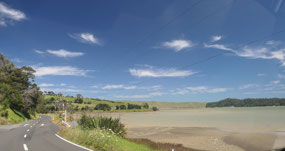
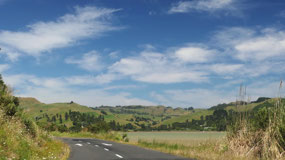
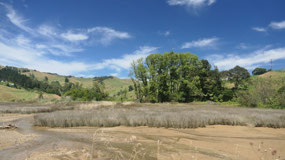
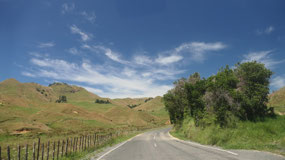
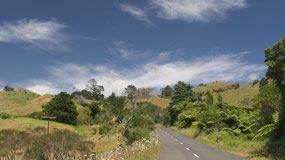
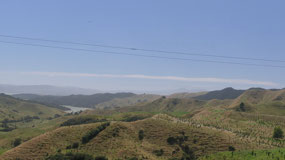
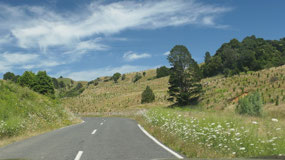
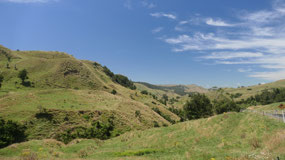
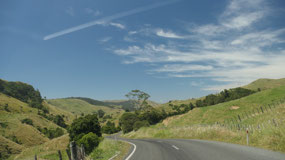
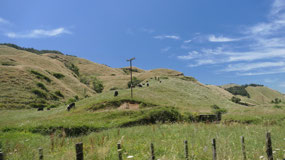

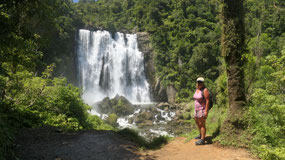
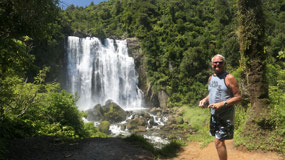
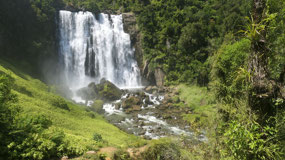
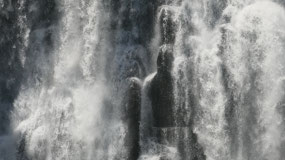
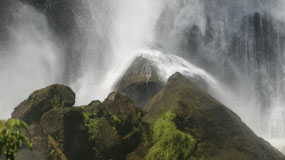
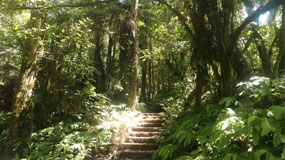
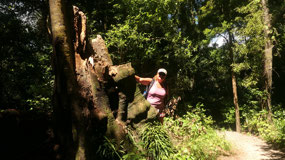
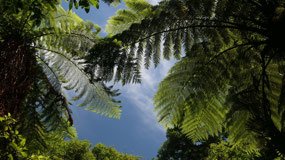
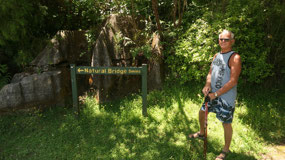
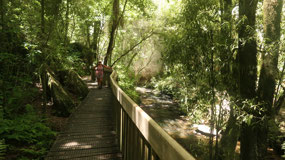
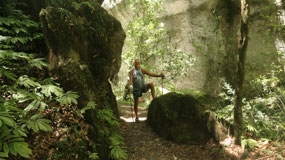
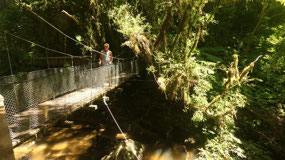
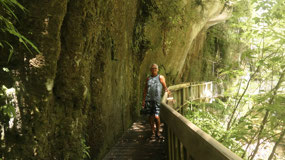
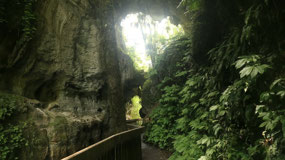
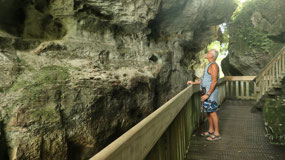
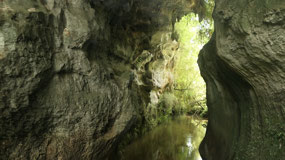
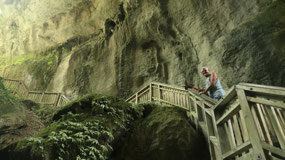
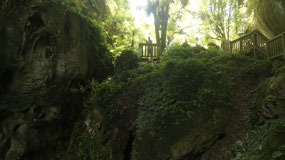
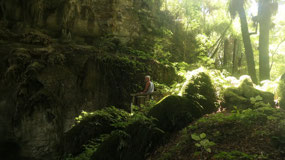
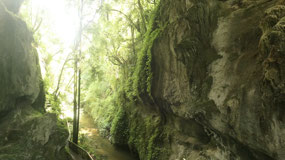
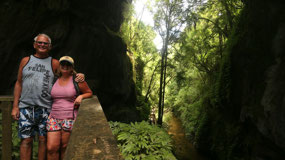
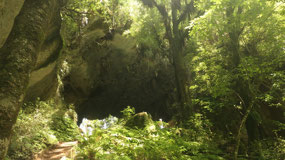

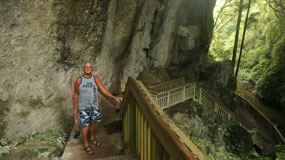
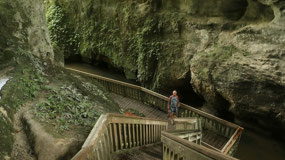
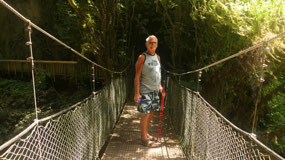
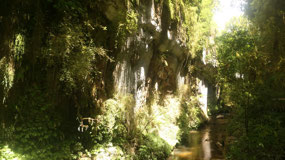

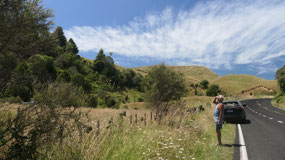
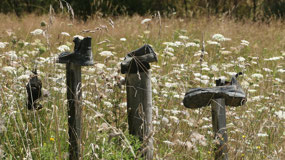
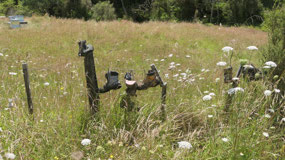
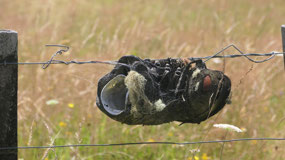
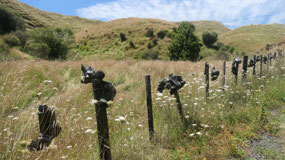
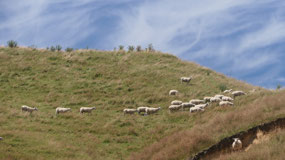
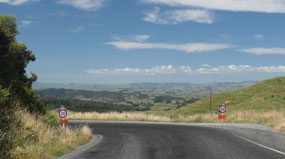
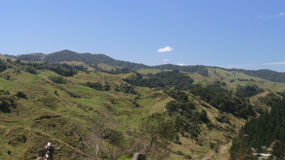
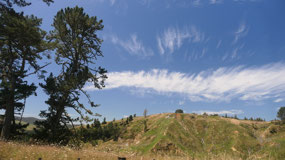
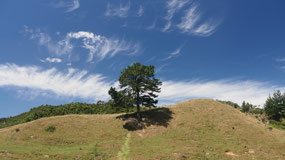
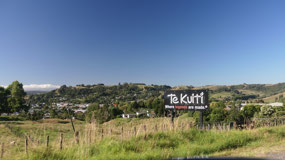
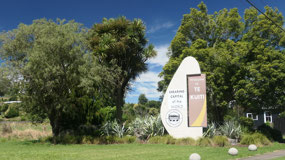
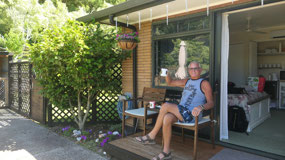
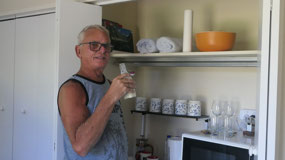
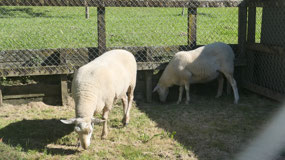
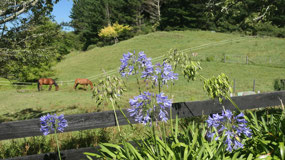
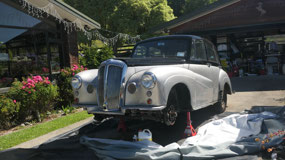
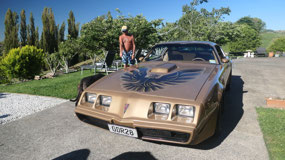
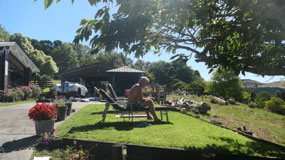
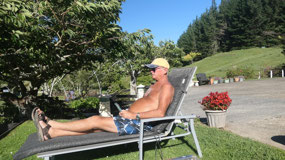
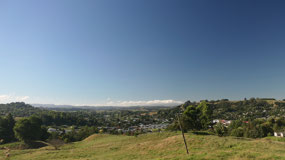

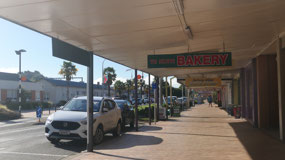
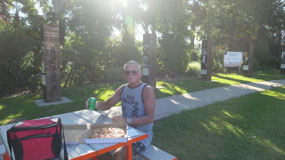
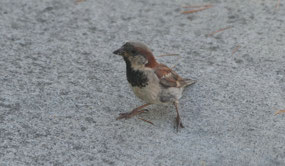

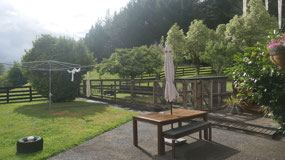
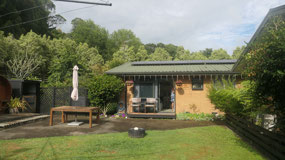
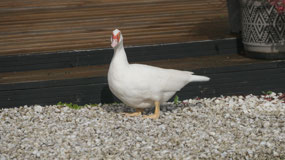
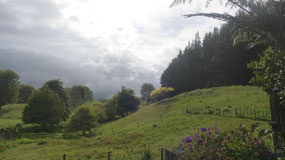
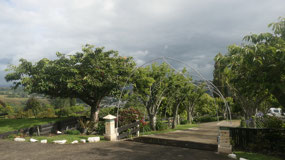
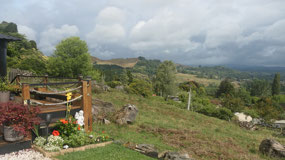
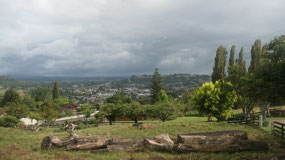
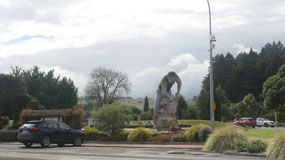

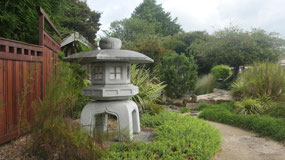
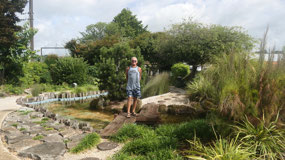

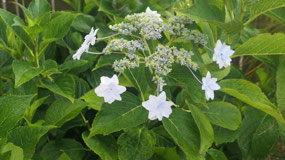
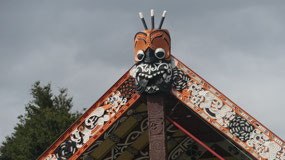
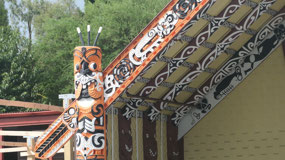
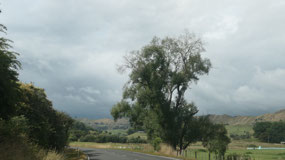
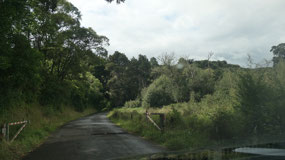
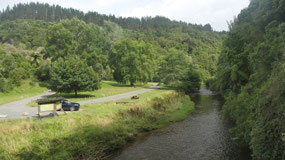
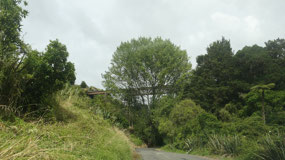
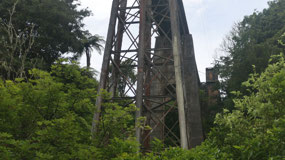
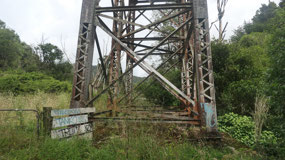
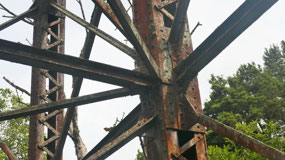
2025-05-23